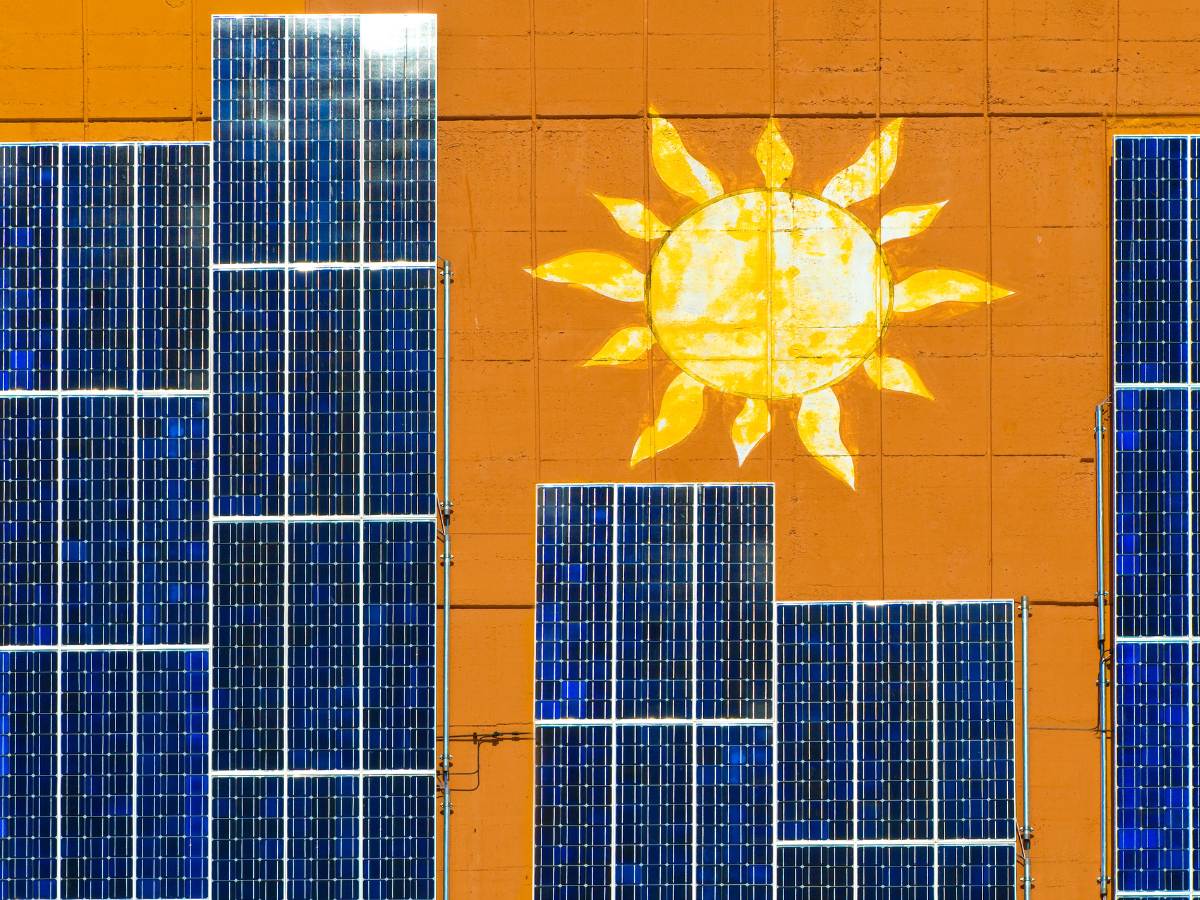Solar power has never been more important. The increase in energy rates not only in Australia but also globally translates into higher electricity bills which are compounding the increase in the cost of living. Many of us are now turning to the sun to save our hard-earned money.
In Australia, we are fortunate to have the world’s highest solar radiation per year. Our nearly year-round sun exposure makes it ideal to save money and the environment whilst utilizing what we have been gifted with. As you continue to research solar power facts, you might be asking how does solar power work? We at Solahart are the Brisbane solar power experts so let us break it down for you.
Solar Power Breakdown
Solar power is the technology that converts sunlight into electricity. It’s one of the cleanest and most abundant renewable energy sources available. Solar power is a lot like other forms of energy generation, except it uses no fuel and doesn’t require any kind of water supply or waste disposal system.
Harvesting Energy With Solar Panels
Once you have selected and installed the right solar panels for your home, the next step is to harvest the energy. This requires two things: solar panels, and a way of storing that energy until you need it.
Solar panels are made up of photovoltaic semiconductors that absorb sunlight. When this happens, electrons are knocked free from their atoms and get excited enough by the absorption of light to be able to move around freely within the panel instead of remaining attached to an atom (like they usually would). The electrons then flow through wires attached to the semiconductor into something called an inverter, which changes their voltage so it can be used in your home (we’ll talk about this more below). The inverter can be described as the ‘brains’ of your solar power system.
The amount of energy a single solar panel can absorb depends on what kind of material it’s made from—the more efficient materials tend to cost more money but produce more power for your dollar-per-watt invested!
How Do The Solar Panels Convert Sun Into Electricity?
Furthering our discussion on solar power facts, let’s talk about how solar power converts the sun into electricity. How solar power works is dependent on the solar panels being made up of photovoltaic cells. These are semiconductors, which means they can be used to convert sunlight into electricity. Photovoltaic cells form the basis of solar energy technology and are generally made with silicon, a material that has been used for over a century because it’s abundant and its molecular structure allows electrons to move through it easily.
Solar panels are connected together in series or parallel circuits; both configurations produce the same amount of power but in different ways. In a series circuit, one cell is connected to another cell until there is enough voltage generated between them (about 25 volts) for the current to flow through multiple cells at once. The more cells you have connected together in this manner, the higher your voltage will be when sunlight hits all of them! If each cell only generates about 0.5V under optimum conditions then you’ll need 40 of them for 12V output — assuming your panel’s rated output matches what you need from it then that’s plenty as long as everything else works properly too.
Store That Power!
Now that your panels and inverter have done the hard yards of producing and then converting the solar power, you now need to consider how to store the power. Next up for solar power facts is solar storage. It is increasingly important as feeding your excess power back to the grid isn’t as financially rewarding as it once was.
Additionally, most Australians send a large portion of their power back to the grid as it is generated during the day and not being used simultaneously.
Adding a home battery to your solar power system is extremely beneficial. This allows you to maximize your investment in solar panels by storing all of the energy you’re creating for later. This allows you the ability to:
-Use your solar power at night
-Use your solar power on rainy or cloudy days
-To use your stored power when utility rates are higher
-To have access to electricity during power outages
Our journey through solar power facts so far has taught us how the solar power system works and how to best utilize its power through storage. Now we must discuss one of the most cost-effective additions to your solar power system: solar hot water.
Did you know that electric hot water systems are one of the most significant contributors to your electricity bill? A solar hot water system is one of the best ways to save money each month.
How solar hot water systems work is pretty simple.
Solahart PowerStore is a clever way to utilize that excess power from your panels. It is Australia’s first solar-smart electric hot water heater. Working with your electricity meter, it captures any excess electricity generated from your panels and uses it to gradually heat your water to use at a later time. It stores your hot water for later like a battery. How clever is that!
Now that we have answered your question, how does solar power work, you can start the next path of research. We at SolaHart are the Brisbane solar power experts. We can assist you in determining the right solar panels for your home including voltage and storage to match your budget. Get in touch with us today to start the savings.
This content was originally published here.
